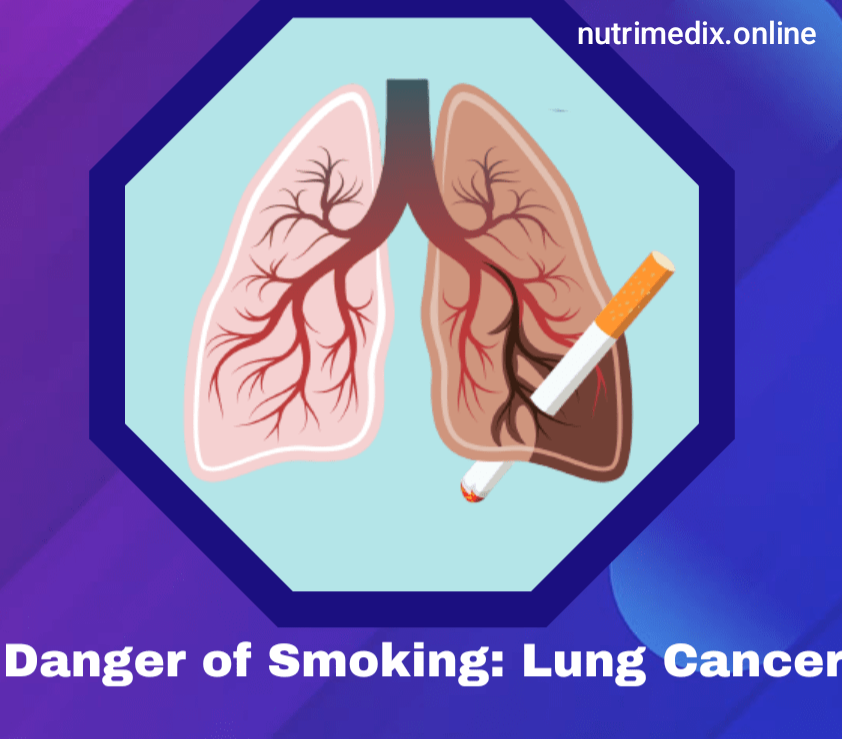Understanding Lung Cancer: Causes, Symptoms, and the Impact of Passive Smoking
Table of Contents
ToggleWhat is Lung Cancer?
Lung cancer is one of the most common and deadliest forms of cancer. While most people know that smoking directly causes lung cancer, fewer realize that inhaling secondhand smoke—also called passive smoking—can be just as dangerous. In this blog, we’ll explore how passive smoking contributes to lung cancer and share ways to protect yourself and your loved ones.
Causes of Lung Cancer
Smoking is the leading cause of lung cancer, responsible for the majority of cases. However, non-smokers can also develop lung cancer due to factors such as:
-
Secondhand smoke (Passive smoking): Inhaling tobacco smoke from others.
-
Radon gas: A radioactive gas that can accumulate in homes.
-
Asbestos & other chemicals: Workplace exposure to asbestos, arsenic, and diesel exhaust.
-
Air pollution: Long-term exposure to polluted air increases risk.
-
Genetics: A family history of lung cancer may raise susceptibility.
What is Passive Smoking?
Passive smoking occurs when a non-smoker breathes in smoke from nearby smokers—whether exhaled smoke or smoke from burning cigarettes, cigars, or pipes. Even if you don’t smoke, being around smokers puts you at risk.
How Does Passive Smoking Lead to Lung Cancer?
Cigarette smoke contains thousands of chemicals, many of which are carcinogenic. When exposed to secondhand smoke, these toxins enter your lungs, gradually damaging cells. Research shows that people frequently exposed to secondhand smoke have a 20-30% higher risk of developing lung cancer compared to those who aren’t.
Symptoms of Lung Cancer (From Active & Passive Smoking)
Symptoms may develop slowly and worsen over time. Look out for:
-
Persistent cough that doesn’t go away
-
Coughing up blood (hemoptysis)
-
Chest pain that worsens with breathing or coughing
-
Shortness of breath
-
Hoarseness (raspy voice)
-
Unexplained weight loss
-
Fatigue & weakness
-
Frequent respiratory infections (bronchitis, pneumonia)
-
Wheezing (whistling sound when breathing)
The Harsh Reality: Statistics on Lung Cancer & Passive Smoking
According to the World Health Organization (WHO):
-
Lung cancer causes 1.8 million deaths annually worldwide.
-
Passive smoking is a major risk factor, especially for children and pregnant women.
-
Secondhand smoke exposure can lead to asthma, bronchitis, and low birth weight in babies.
How to Protect Yourself & Loved Ones
-
Avoid smoking areas – Stay away from places where people smoke.
-
Encourage smoke-free homes & cars – Don’t allow smoking indoors.
-
Support smoking cessation – Help friends/family quit smoking.
-
Test for radon – Ensure your home is free from radon gas.
-
Wear protective gear – If working with hazardous chemicals, use masks.
Final Thoughts
Lung cancer is a serious threat, and passive smoking plays a bigger role than many realize. By understanding the risks and taking preventive steps, we can reduce exposure and protect our health. If you or someone you know shows symptoms of lung cancer, consult a doctor immediately—early detection saves lives.
Have you or a loved one been affected by secondhand smoke? Share your thoughts in the comments below.

